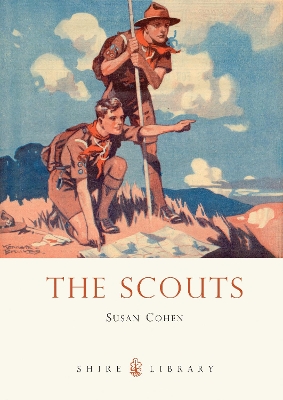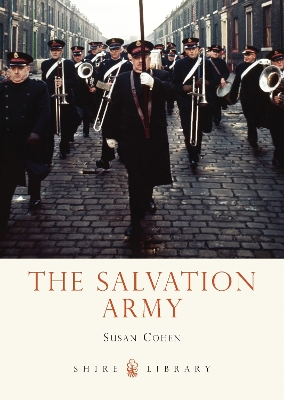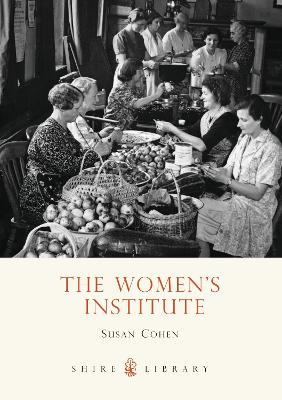Shire Library
1 primary work • 4 total works
Book 690
Scouts have been part of the fabric of British society since the Movement's founding by Lieutenant-General Robert Baden-Powell in 1907, and Scout training continues to provide young people with 'instruction in good citizenship' to this day. Beginning with an outline of Baden-Powell's life and influences, Susan Cohen here tells the story of the Scout Movement and its growth from an experimental camp held on Brownsea Island, Dorset, attended by a handful of boys, into a multi-cultural, multi-national movement involving (in 2011) some 400,000 young people (including 60,000 girls) in the UK and millions of others across the world.
The Salvation Army is a byword for philanthropy and charitable work, with its brass bands and uniformed officers indelible parts of the fabric of British life - yet many may not be aware of the real extent of its work and influence. This is the story of how Reverend William Booth's East London Christian Mission of 1865 (which became the Salvation Army in 1878) has become a truly global enterprise, one that in Britain is still second only to the government in the provision of social care. It is a symbol of charity that was forged in the crucible of mid-Victorian Britain and is now known in more than 120 countries, and Susan Cohen here explains and illustrates its activities and structures, its history and present, and its very important legacy.
When the first Women's Institute was formed in Llanfair, Wales in October 1915, no one could have foreseen how this small-scale experiment would grow to become, by the early twenty-first century, an organisation with a membership of approximately 205,000 in 6,500 branches in towns, cities and villages across Britain. The organization instilled a new and enterprising spirit into the life of villages and their womenfolk, and gave them unique opportunities to share activities. This book traces the story and evolution of the WI: through the decades punctuated by two world wars, where food preservation and handicrafts, drama groups and choirs, charabanc outings and running market stalls were the mainstays of the organization, to the new challenges and opportunities which unite members in the twenty-first century.
The number of wounded in the First World War was unprecedented, and inadequate military planning presented the medical and voluntary community with huge and daunting challenges. Yet in the face of tremendous adversity both tackled their work with resourcefulness, courage and great humanity. This book is the illustrated story of those who risked their lives collecting casualties from the front line, of the various transport and treatment facilities at their disposal and of the eclectic mix of buildings in which the wounded were cared for at home, including many famous country houses. The vital part played by nurses, both in terms of essential medical duties and in boosting morale among the patients, is also examined, rounding off this perfect introduction to medical care in the First World War.



